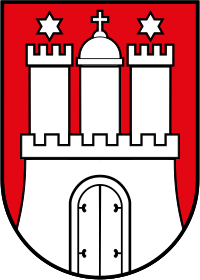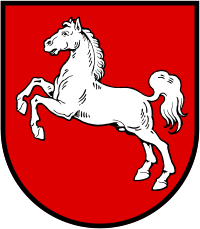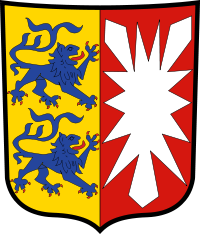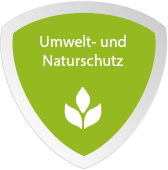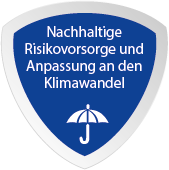Die nachfolgenden Inhalte stammen aus dem Kooperationsprogramm "North Sea" (Version 1.2).
Kurzbeschreibung
The greening of infrastructure shall help to reduce or prevent risks from flooding in urban areas.
Förderziel
Demonstrate new and/or improved methods for improving the climate resilience of target sites.
Fördergegenstände
Produktentwicklung, Markteinführung, Sachinvestitionen in Umweltschutzmaßnahmen, Vernetzung, Kooperation, Wissenstransfer
Zuwendungsempfänger
This list of beneficiaries is non-exhaustive. Please check if your particular organization is eligible.
- Public authorities and their agencies – National, regional, municipal and local administrations, regional development agencies, industrial parks and incubators, regional environmental agencies etc.
- National and European interest organisations and institutes.
- Knowledge institutions – Universities, colleges, research centres, technology centres, providers of professional training, schools, consultants, cluster managers etc.
- Enterprises – Including social enterprises and with a particular focus on small and medium sized enterprises.
- Civil society – Associations, NGOs, charities, community organisations etc.
Förderfähige Gebietskulisse
The programme area encompasses in Germany Bremen, Hamburg, Schleswig-Holstein as well as the NUTS-2-regions Braunschweig, Hannover, Lüneburg und Weser-Ems.
Further countries in the programme area are Dänemark, Norwegen as well as certain regions in the Niederlande, Belgien and the Vereingtes Königreich. A list of the regions can be found here: Link.
Art der Unterstützung
Non-repayable grant
Beschreibung
Actions are assigned to Programme-Part "Sustainable North Sea Region".
Adapting to climate change is a key challenge for the whole North Sea Region. It is clear that there are already significant negative effects in the programme area and that they need to be managed. Transnational cooperation provides opportunities for:
- Sharing knowledge on the latest methods.
- Joint work on designing improved infrastructure and procedures.
- Developing new solutions to tackle emerging threats.
For further information please consult the cooperation programme (pp. 67-68). Additional information on speific types of projects e.g. testing and training, investment and pilot action, best practice, new models, strategies and so forth are available on pp. 22-24.
Auswahlverfahren
Comprehensive Information on the application assessment process is available under the following Link.
Projektauswahlkriterien
Participation in the programme is not limited to specific types of organization/institution and will rather be decided based on:
- The ability of a partner to contribute to the outputs and results identified for the specific objective.
- The extent to which the partnership can influence development in the wider programme area (i.e. not just a local effect).
- The overall balance of the partnership in terms of geography, expertise and competence (are the participating organisations able to influence the theme?).
- The ability of the partners to live up to the formal requirements for the programme.
The criteria and guidelines for project the selection of projects can be found on pp. 71-73 of the cooperation programme. Additional information on speific types of projects e.g. testing and training, investment and pilot action, best practice, new models, strategies and so forth are available on pp. 22-24.
Laufzeit
Start der Maßnahme: 01.01.2014
Ende der Maßnahme: 31.12.2023


